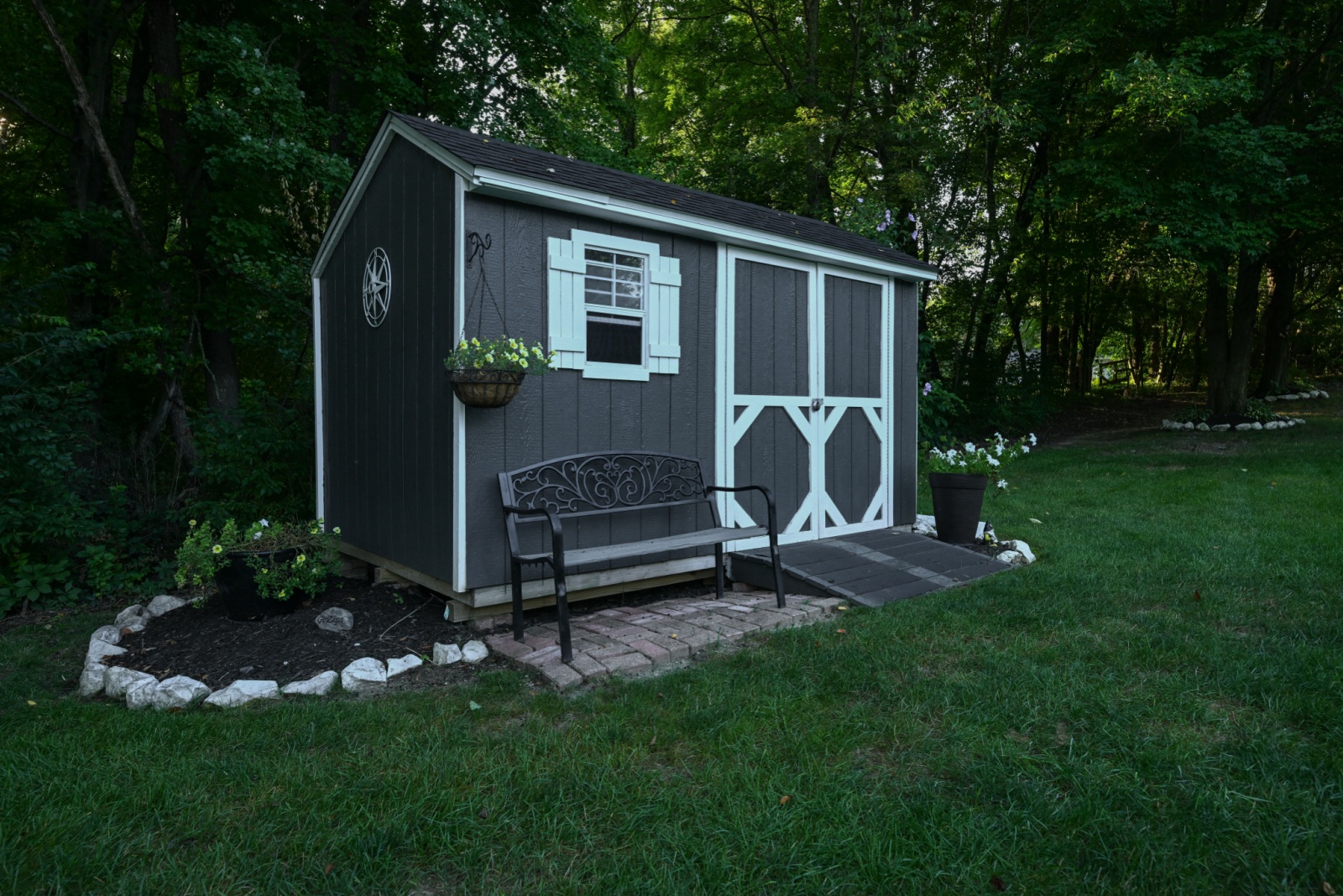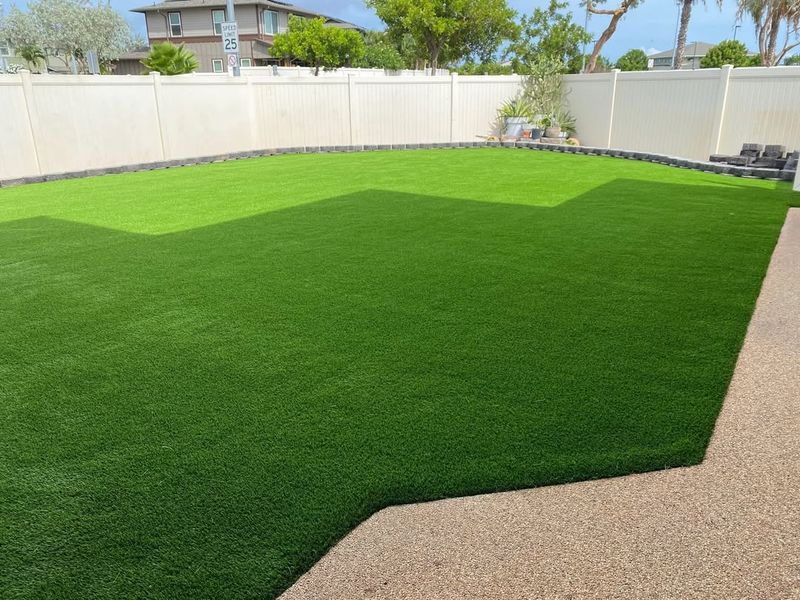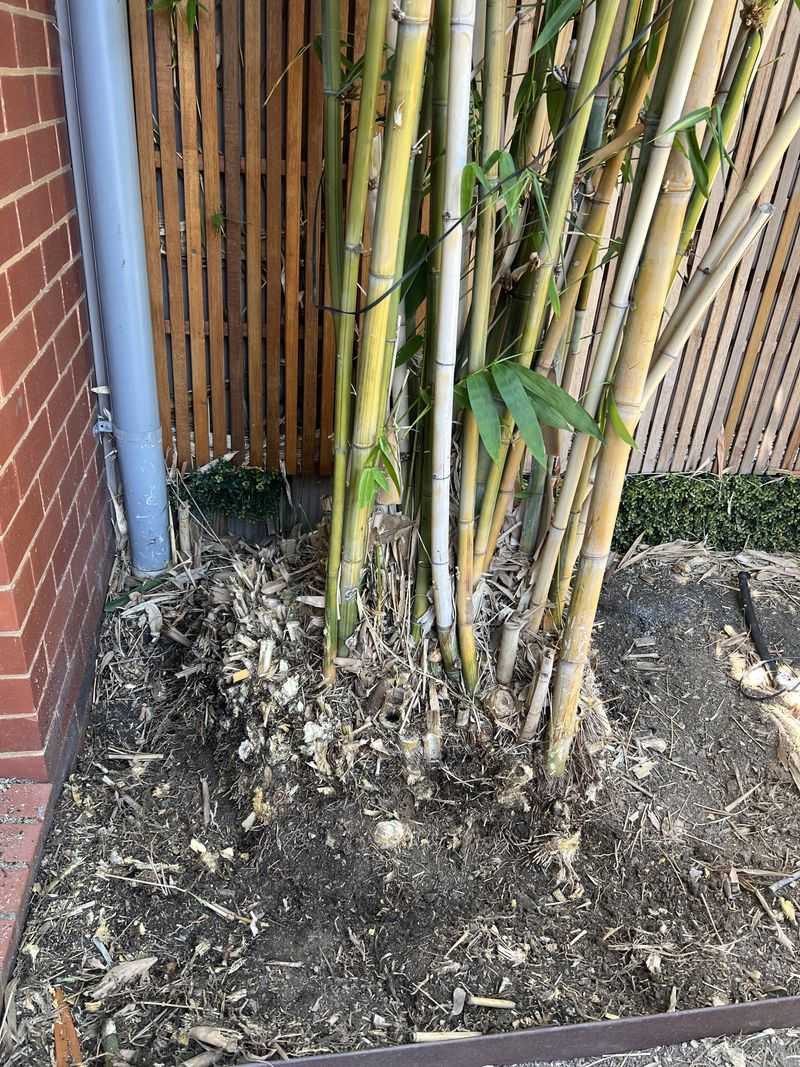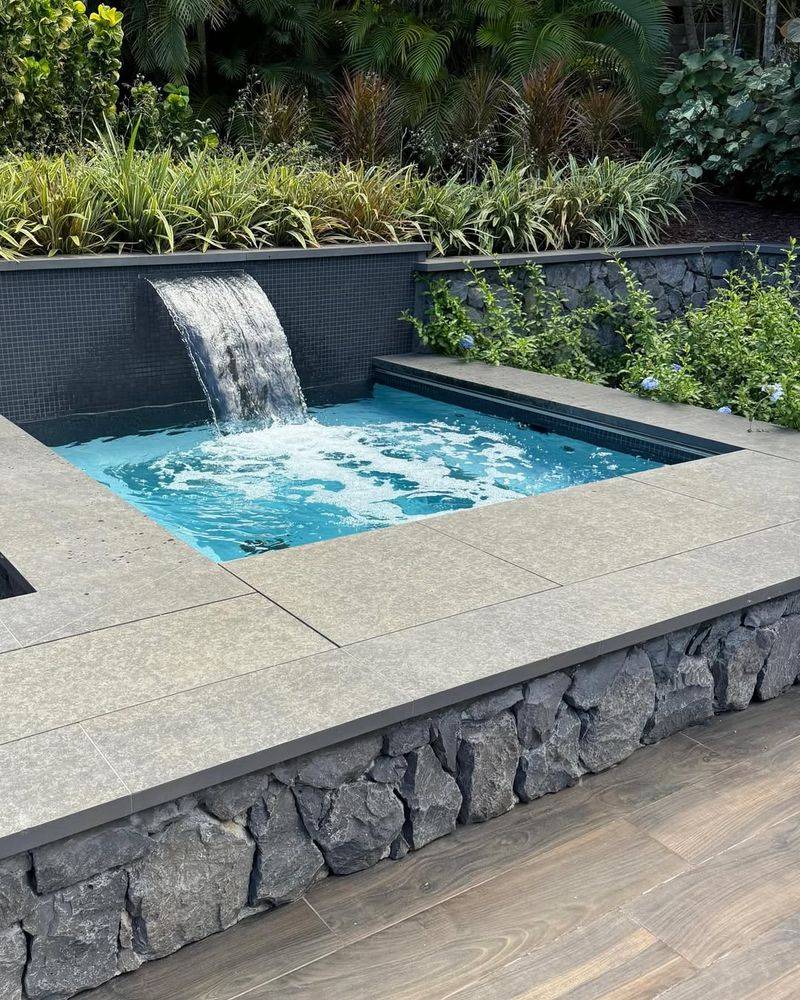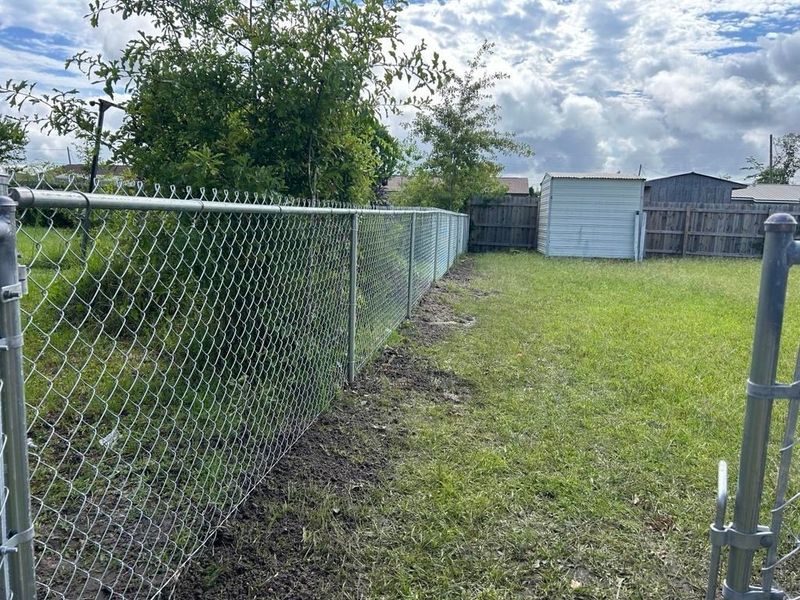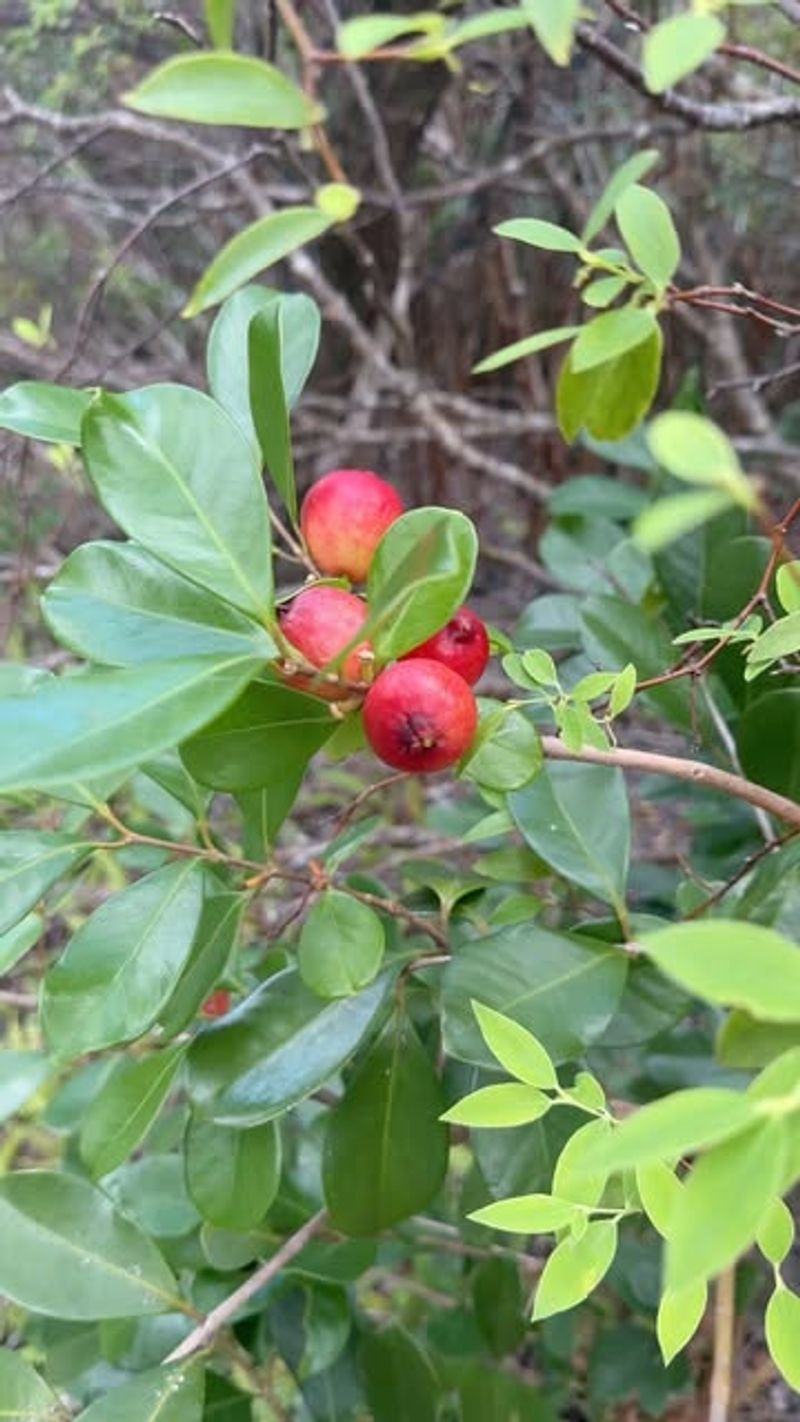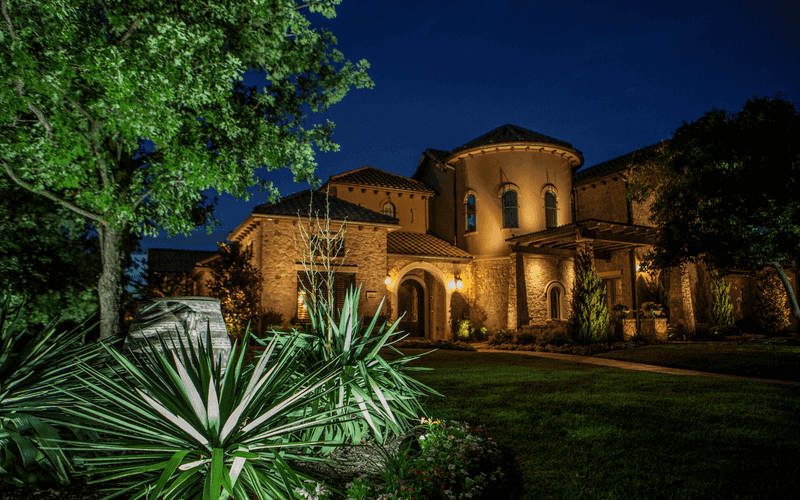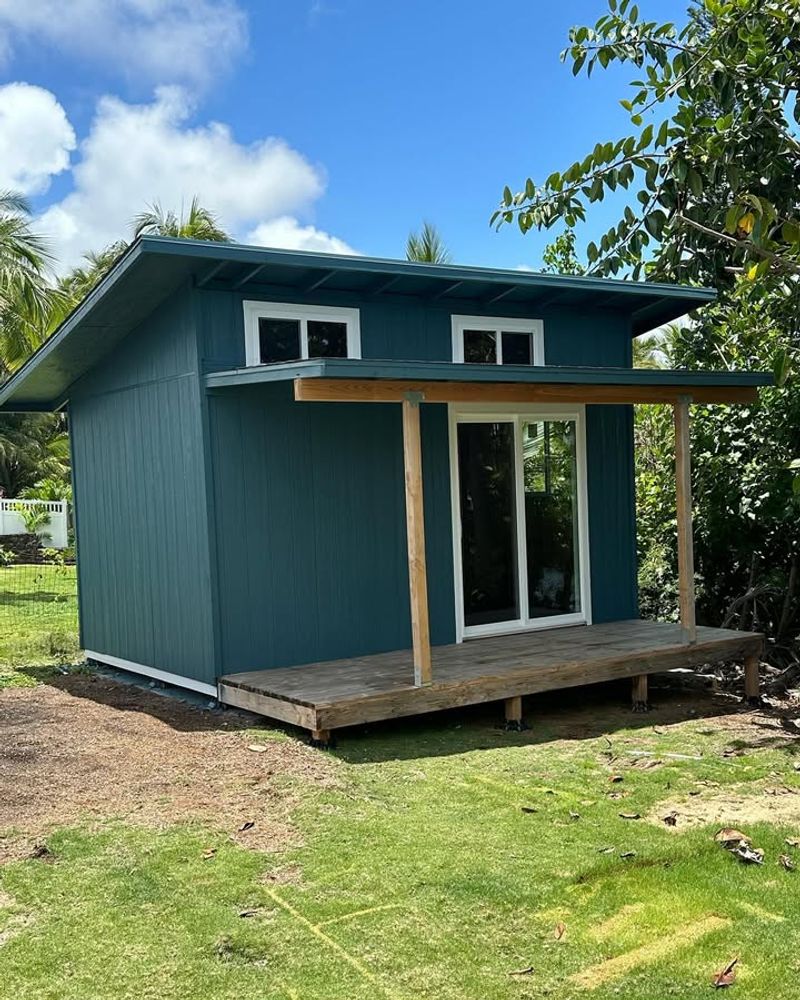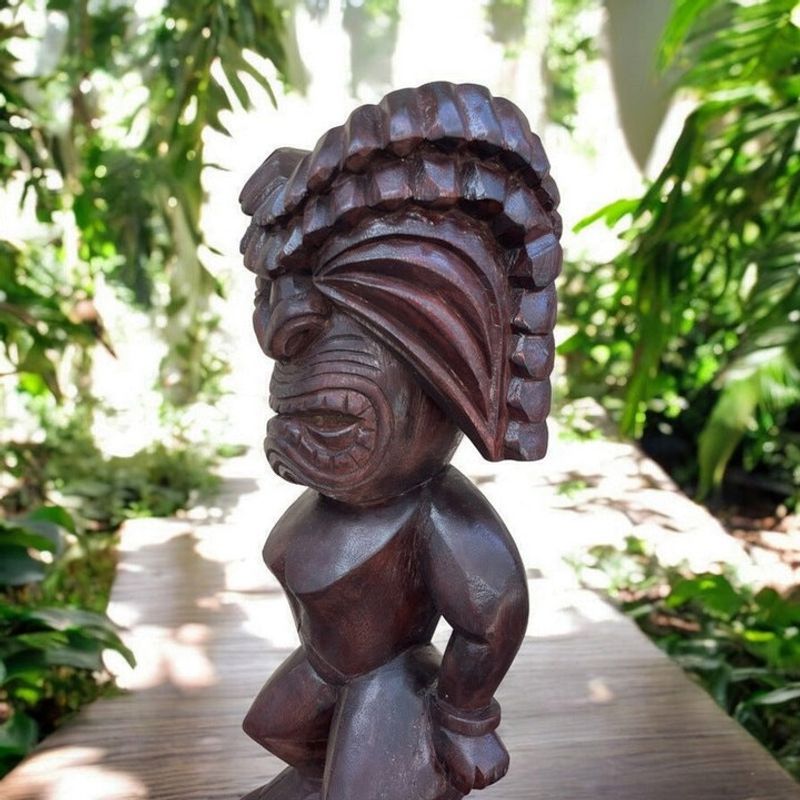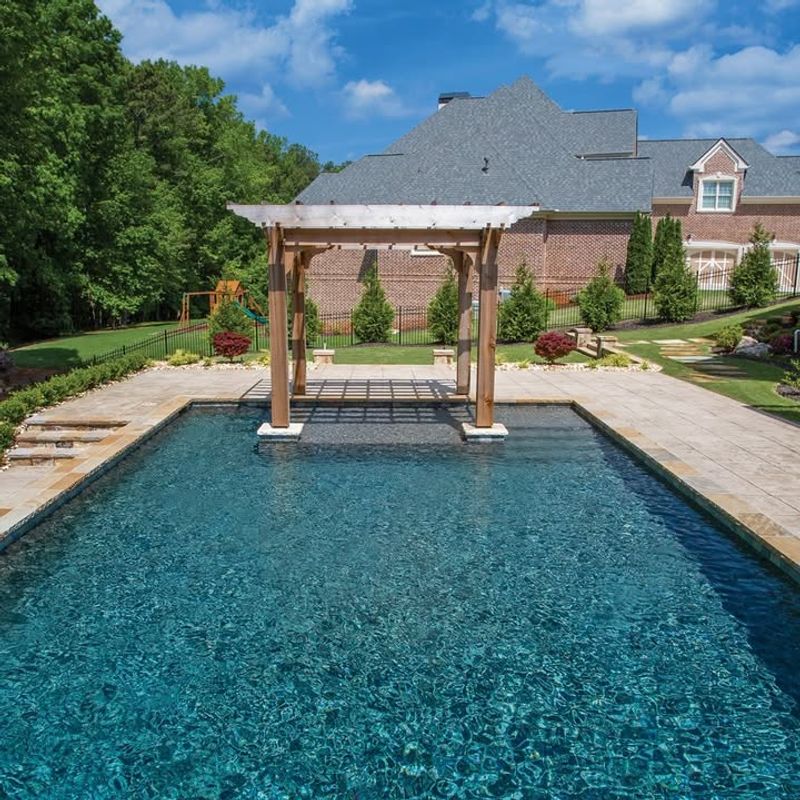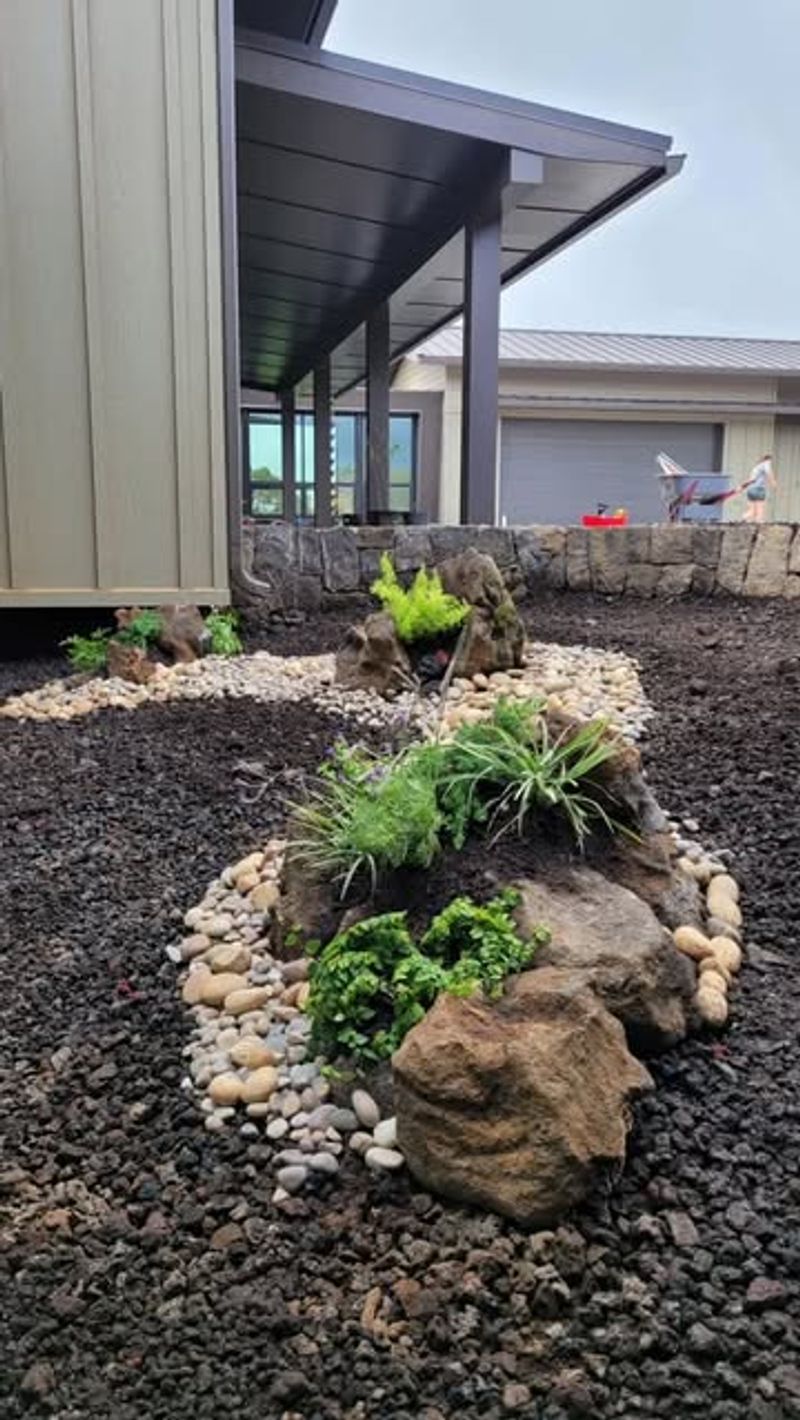Hawaii is known for its beautiful landscapes and unique island culture, but new neighborhood rules might change what you can have in your yard. Local communities are discussing regulations that could affect how homeowners design their outdoor spaces.
Some features that seem harmless today might not be allowed tomorrow. Understanding these potential changes can help you plan ahead and avoid costly mistakes.
1. Artificial Grass Lawns
Fake grass might seem like a water-saving solution, but Hawaii neighborhoods are reconsidering its environmental impact. The plastic materials trap heat and can reach scorching temperatures under the island sun, making yards uncomfortable and potentially harmful to pets and children.
When artificial turf breaks down over time, tiny plastic particles wash into storm drains and eventually reach the ocean.
Many communities worry about protecting Hawaii’s delicate marine ecosystems from this pollution. Natural alternatives like native ground covers are being promoted instead, which support local wildlife and stay cooler in tropical heat.
2. Invasive Bamboo Plantings
Bamboo creates instant privacy and tropical vibes, but running varieties spread aggressively through underground root systems called rhizomes. Once established, bamboo can invade neighboring properties and natural areas, crowding out native Hawaiian plants that wildlife depends on.
Removing invasive bamboo costs thousands of dollars and requires years of persistent effort. Some species grow several feet per week during peak season, making containment nearly impossible without expensive barriers.
Communities are pushing for bans on non-clumping varieties to protect property values and preserve native ecosystems throughout the islands.
3. Concrete Water Features
Fountains and concrete ponds add beauty and the soothing sound of running water to yards. However, these features waste precious freshwater resources through constant evaporation, especially problematic on islands with limited water supplies.
Mosquitoes breed rapidly in stagnant decorative water features, spreading diseases like dengue fever that occasionally appear in Hawaii. Energy costs for running pumps continuously also add up quickly.
Environmental groups advocate for dry landscape features or native wetland gardens instead, which provide habitat without the downsides of artificial water displays requiring constant maintenance and resources.
4. Chain-Link Fencing
Chain-link fences are affordable and practical for keeping pets contained, but many Hawaii communities consider them eyesores that clash with the islands’ aesthetic values. Homeowners associations increasingly prefer fencing that blends naturally with tropical surroundings.
Rust becomes a major problem in Hawaii’s salty, humid air, causing chain-link to deteriorate faster than in mainland climates. Corroded fencing looks neglected and can lower property values for entire neighborhoods.
Wood, vinyl, or living hedges made from native plants are becoming preferred alternatives that better reflect Hawaiian architectural traditions and withstand the challenging island environment.
5. Non-Native Fruit Trees
Planting fruit trees seems like a great way to enjoy fresh produce, but certain non-native species cause unexpected problems. Fallen fruit attracts rats, which are already a significant pest issue across Hawaiian islands, spreading disease and damaging property.
Some introduced fruit trees also harbor invasive insects or diseases that threaten Hawaii’s agriculture industry and native forests. Overhanging branches dropping fruit onto sidewalks create slip hazards and maintenance headaches for neighborhoods.
Regulations may soon require homeowners to choose only approved native or carefully selected non-invasive varieties that produce manageable amounts of fruit.
6. Bright Exterior Lighting
Powerful outdoor lights help homeowners feel secure, but excessive brightness disrupts Hawaii’s natural darkness and bothers neighbors trying to enjoy starry island nights. Light pollution also confuses seabirds and sea turtles that use moonlight and starlight for navigation during nesting season.
Baby sea turtles emerging from beach nests become disoriented by bright residential lighting, wandering toward houses instead of the ocean, which often proves fatal. Astronomical observatories on Hawaiian mountains require dark skies for research.
New regulations may limit brightness levels and require downward-facing, shielded fixtures that minimize environmental impact while maintaining safety.
7. Outdoor Storage Sheds
Storage sheds provide convenient space for tools, equipment, and beach gear that island living requires. Unfortunately, many prefabricated sheds look industrial and unattractive, clashing with Hawaii’s natural beauty and architectural character that communities work hard to maintain.
Poorly maintained sheds become breeding grounds for rats and mosquitoes, creating health hazards for entire neighborhoods. Some homeowners associations already restrict shed placement and appearance through design guidelines.
Future regulations might ban certain materials entirely or require sheds to match home architecture, ensuring outdoor storage doesn’t diminish property values or neighborhood appeal throughout residential areas.
8. Lawn Ornaments And Statues
Garden gnomes, flamingos, and decorative statues express personal style, but Hawaii neighborhoods increasingly view excessive yard decorations as tacky and inconsistent with island aesthetics. What one person considers charming, neighbors might see as clutter that lowers surrounding property values.
Cultural sensitivity also plays a role, as inappropriate use of Hawaiian tikis or religious symbols in yard displays can offend residents. Weather deterioration happens quickly in tropical conditions, leaving faded, broken decorations looking neglected.
Communities are developing guidelines limiting the number, size, and placement of lawn ornaments to maintain cohesive neighborhood appearance while respecting cultural values.
9. Above-Ground Swimming Pools
Above-ground pools offer affordable backyard fun for families, but they rarely blend attractively into Hawaiian landscapes. Most neighborhoods consider them temporary-looking structures that detract from property aesthetics and reduce home values.
Mosquitoes breed in improperly maintained pool water, creating health risks beyond just the property owner. Pool chemicals and water drainage can damage surrounding vegetation and contaminate groundwater. Safety concerns about unsecured pools attracting neighborhood children also worry communities.
Regulations may soon require expensive screening or restrict these pools entirely, pushing homeowners toward in-ground options or community facilities instead of individual backyard installations.
10. Gravel Or Rock Yards
Replacing grass with rocks seems like a low-maintenance landscaping choice perfect for busy homeowners. However, gravel yards reflect heat intensely, making surrounding areas uncomfortably hot and increasing cooling costs for nearby homes in Hawaii’s already warm climate.
Rock landscaping provides zero habitat for beneficial insects, birds, or other wildlife that healthy ecosystems need. During heavy tropical rains, loose gravel washes into streets and storm drains, causing drainage problems and maintenance expenses for communities.
Native plant gardens require less water than grass while keeping yards cooler and supporting biodiversity, making them the preferred alternative many neighborhoods may soon require.

